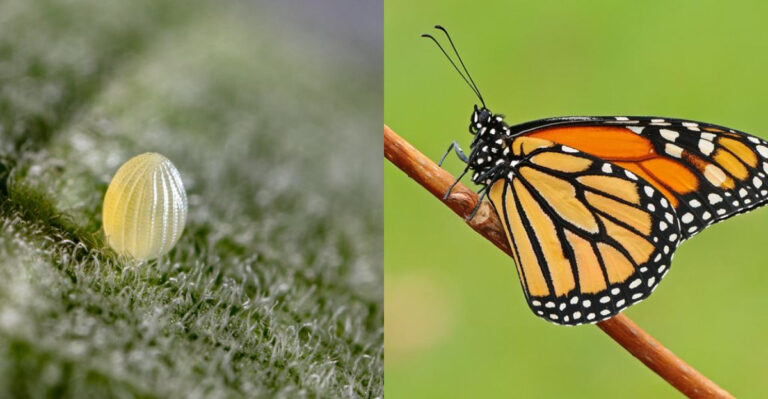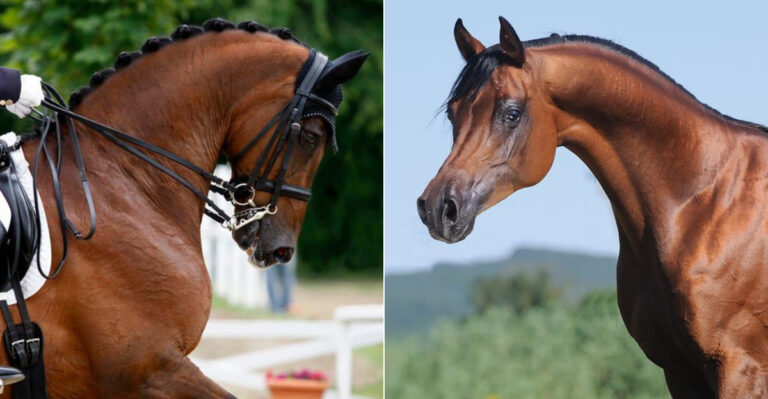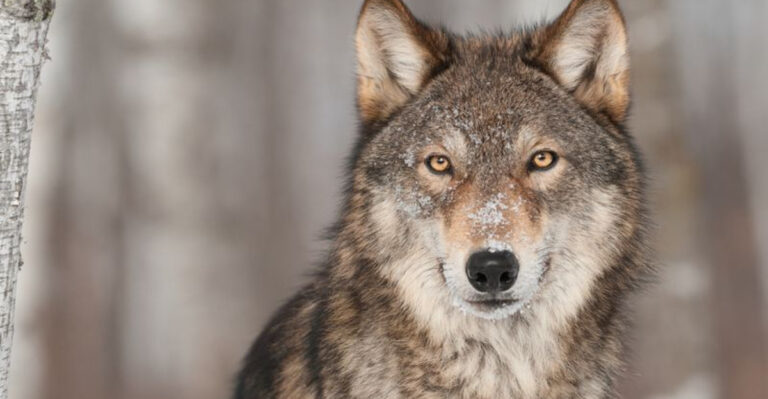These Clever Birds Use Leaves To Cover Their Nests From Predators
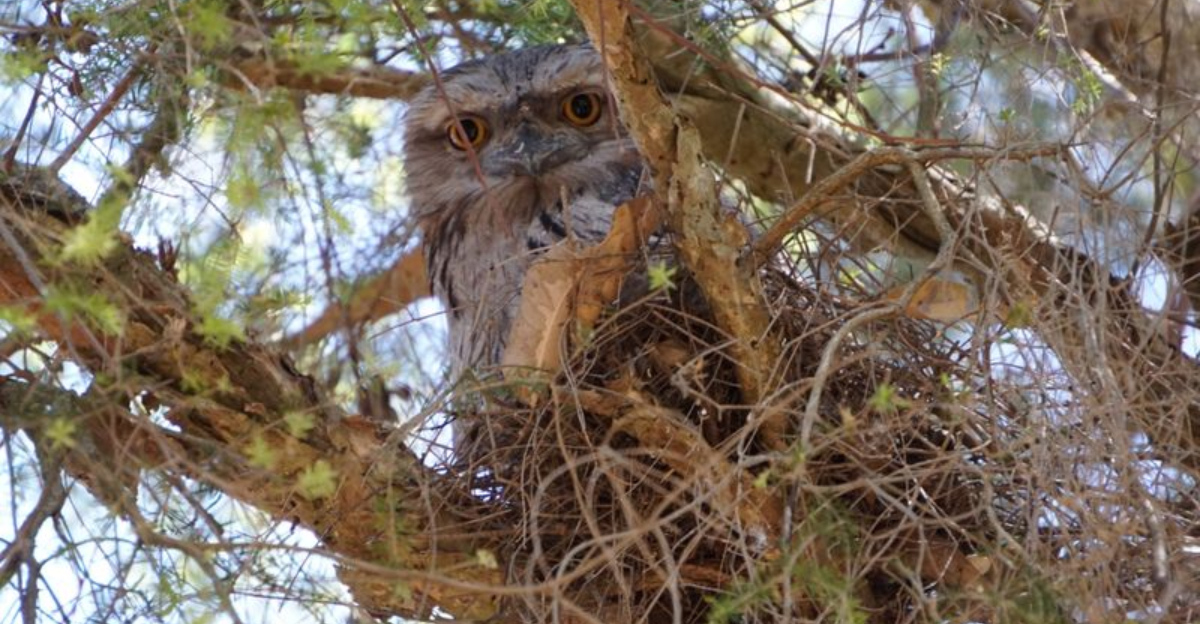
Birds have evolved amazing strategies to protect their precious eggs and chicks from hungry predators. Among these brilliant adaptations, some species have mastered the art of using leaves as natural camouflage.
By blending their nests with surrounding foliage, these feathered architects create nearly invisible homes that keep their families safe. Let’s explore some remarkable birds that use this ingenious leaf-concealment technique.
1. Australian Spotted Nightjar: Ground Nesting With Leaf Cover
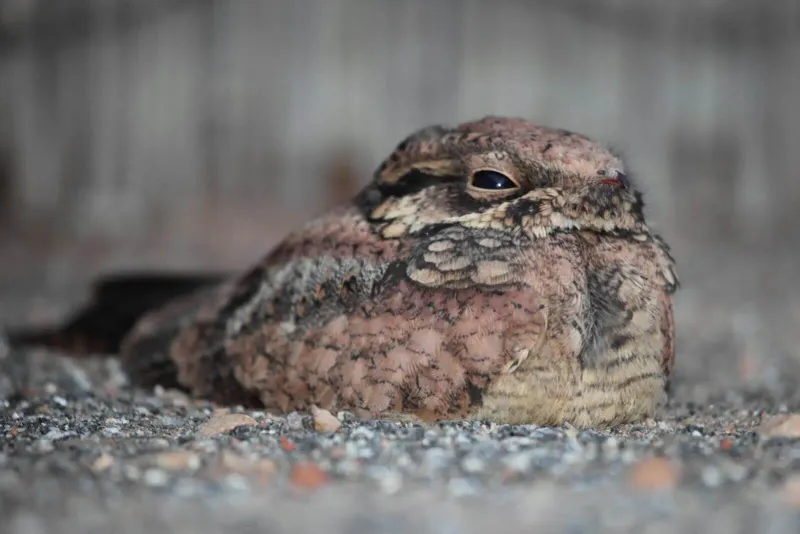
Masters of invisibility, these nocturnal birds lay eggs directly on the forest floor without building traditional nests. Instead, they carefully arrange fallen leaves around their eggs, creating natural camouflage.
Their mottled brown plumage perfectly complements the leafy disguise, making both bird and egg virtually invisible to passing predators. When threatened, they’ll freeze completely rather than flee, trusting their leafy disguise completely.
2. Common Poorwill: Leaf Litter And Stillness
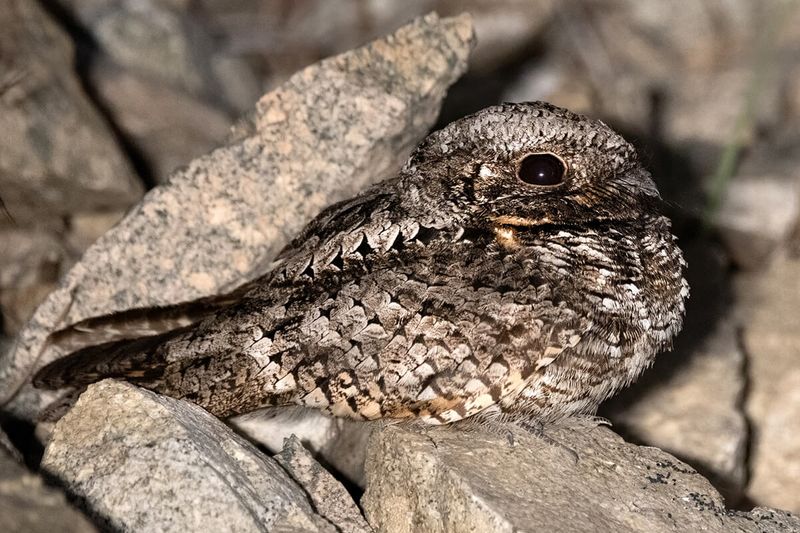
Found across western North America, the Poorwill takes camouflage to extraordinary levels. Unlike birds that build elaborate nests, this mysterious creature simply finds a patch of dry leaves that match its feathers.
The bird’s speckled plumage creates a perfect mimic of dappled sunlight on leaf litter. Adding to their remarkable adaptations, Poorwills are the only birds known to hibernate, becoming as still as the leaves around them.
3. Eastern Whip-Poor-Will: Leaf Camouflage With No Nest
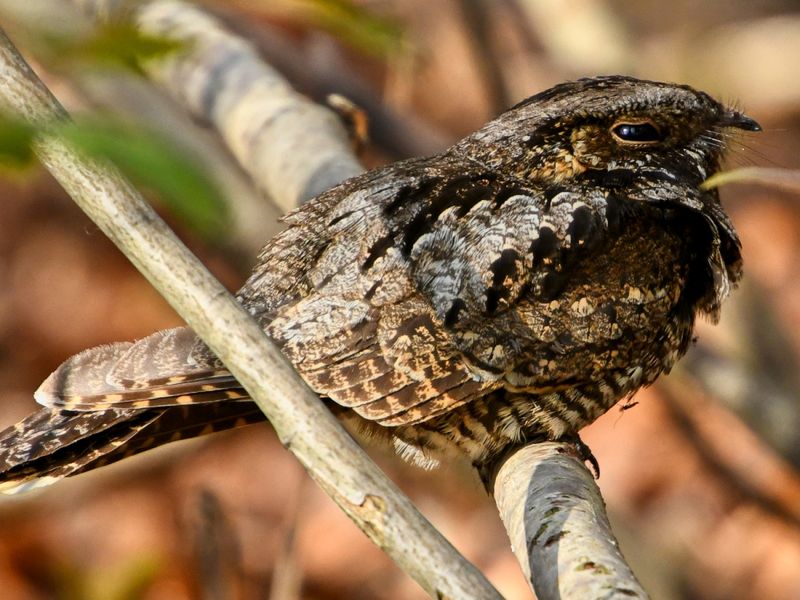
Nature’s illusion artists, Whip-poor-wills choose forest floors covered with fallen leaves for their nesting sites. Their cryptic coloration—mottled browns, grays, and blacks—mirrors the pattern of decomposing leaves perfectly.
Even their eggs feature speckled patterns that resemble small stones or leaf fragments. When a parent sits atop the eggs, the entire family disappears into the forest floor, protected by nothing more than nature’s perfect disguise.
4. Potoos: Motionless Camouflage Artists
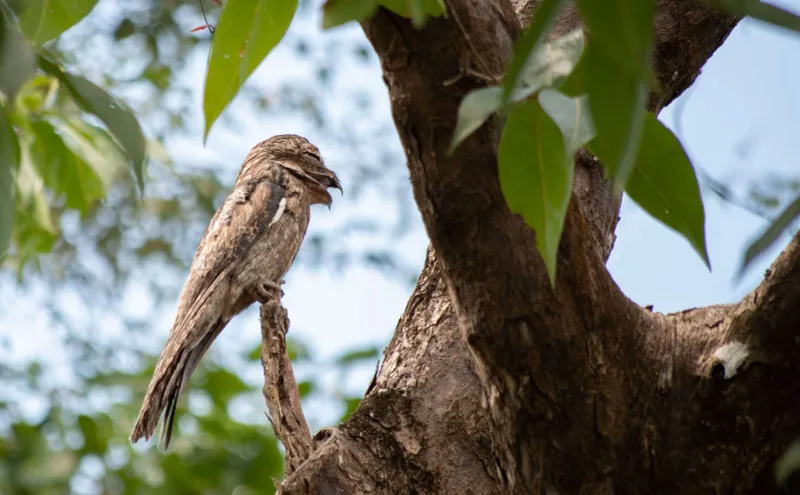
With their bizarre appearance and extraordinary patience, Potoos represent nature’s ultimate masters of disguise. These Central and South American birds perch on broken branches, looking exactly like an extension of the wood itself.
They supplement their disguise by surrounding their single egg with leaves and bark fragments. When threatened, they’ll close their eyes to hide their one giveaway feature and become completely motionless for hours, outlasting any predator’s attention span.
5. Great Argus: Nest Hidden Among Dense Leafy Undergrowth
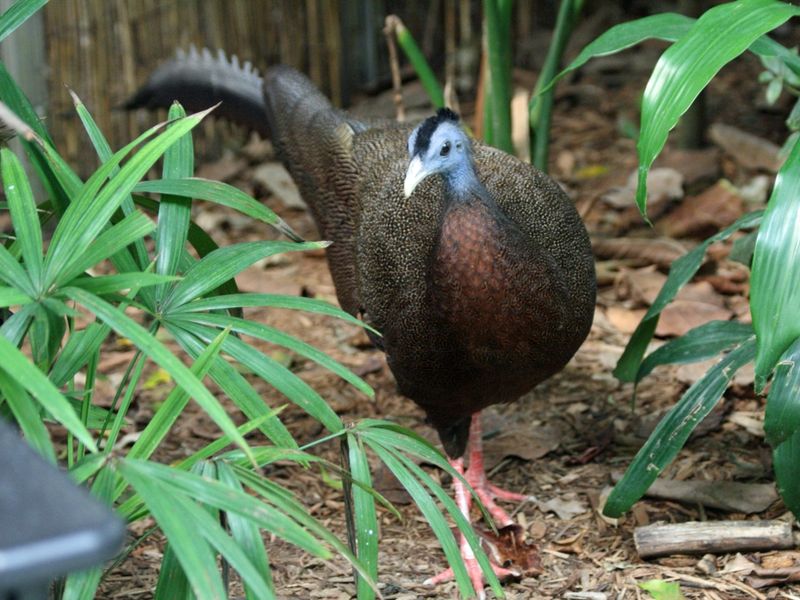
The male Great Argus pheasant, famous for its elaborate courtship displays, creates a simple yet effective nesting area deep within Southeast Asian forests. After clearing a display court for attracting mates, females construct subtle nests amid thick leaf litter.
They gather fallen leaves to form a shallow depression, then cover the eggs with additional foliage when leaving to feed. The eggs’ olive-brown coloration completes the deception, making them nearly impossible to spot.
6. Indian Nightjar: Blending Into Leaf Litter With Eggs And Feathers
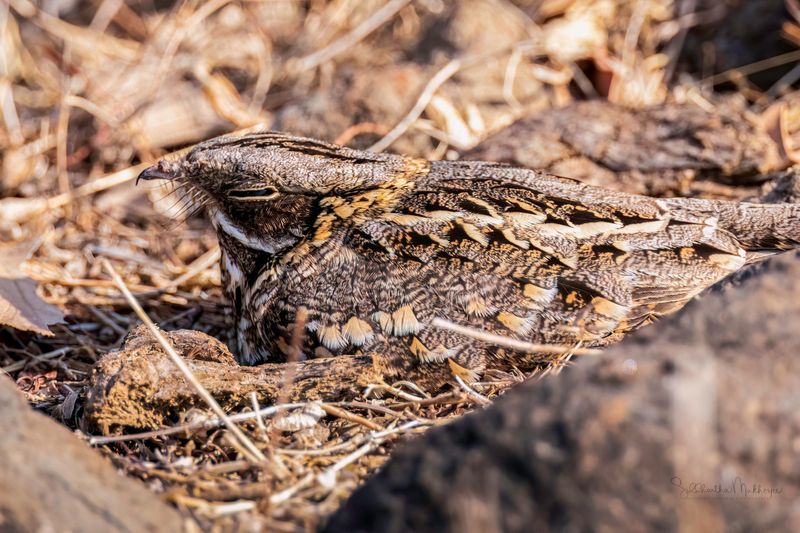
Survival specialists of arid Indian landscapes, these birds nest directly on bare ground amid scattered leaves and pebbles. Their exquisitely patterned plumage—featuring intricate speckling in browns, tans, and grays—creates a perfect match for sun-dappled forest floors.
When sitting on eggs, they close their large eyes to narrow slits, becoming just another pattern in the leaf litter. Their eggs themselves resemble weathered stones, completing the illusion of emptiness.
7. Bronze-Winged Jacana: Floating Leaf Platforms
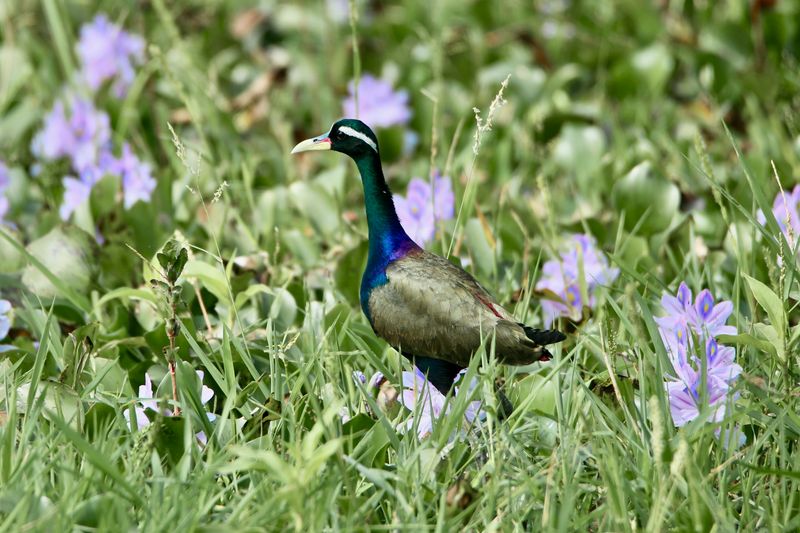
Unlike ground-nesters, these tropical waterbirds construct floating platforms from aquatic vegetation in wetlands across Asia. The male jacana carefully weaves water lily leaves and other floating plants into a buoyant nest.
When leaving their eggs unattended, they cleverly pile additional leaves on top, transforming the nest into what appears to be just another clump of floating vegetation. Predators swimming or flying overhead see nothing but innocent plant debris.
8. Malaysian Eared Nightjar: Minimalist Leaf-Covered Nest
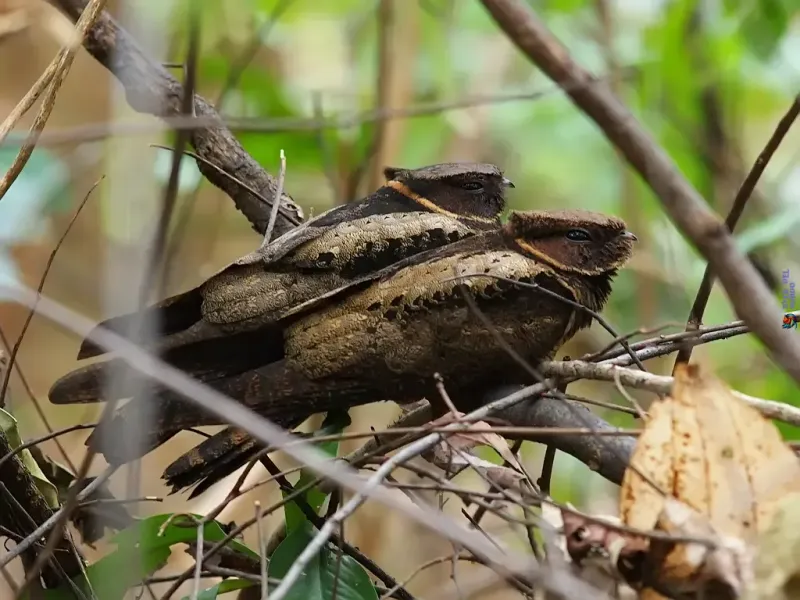
Featuring distinctive ear-like feather tufts, this Southeast Asian nightjar takes a minimalist approach to nesting. Rather than building elaborate structures, it selects naturally formed depressions in forest floors already filled with dry leaves.
The female lays a single egg directly among the leaf litter. Both parents take turns incubating, their mottled plumage creating a seamless blend with surrounding foliage. Even their chicks hatch with camouflage-patterned down feathers that mimic dappled leaves.
9. Tawny Frogmouth: Using Leafy Clumps For Disguise
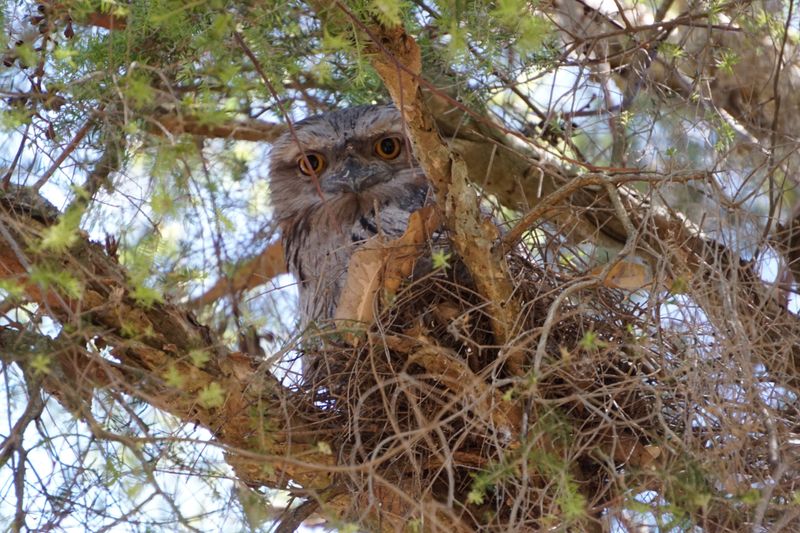
Australia’s masters of mimicry, Tawny Frogmouths construct simple stick platforms in tree forks, then strategically place leaves and bark fragments throughout. Their gray-brown feathers feature intricate patterns that precisely match eucalyptus bark.
When alarmed, they adopt a rigid “broken branch” pose, stretching their bodies and closing eyes to tiny slits. Their nest decorations enhance this illusion, making both bird and nest appear as nothing more than weathered wood and dead leaves.
10. Nighthawks: Urban And Forest Leaf Mimics
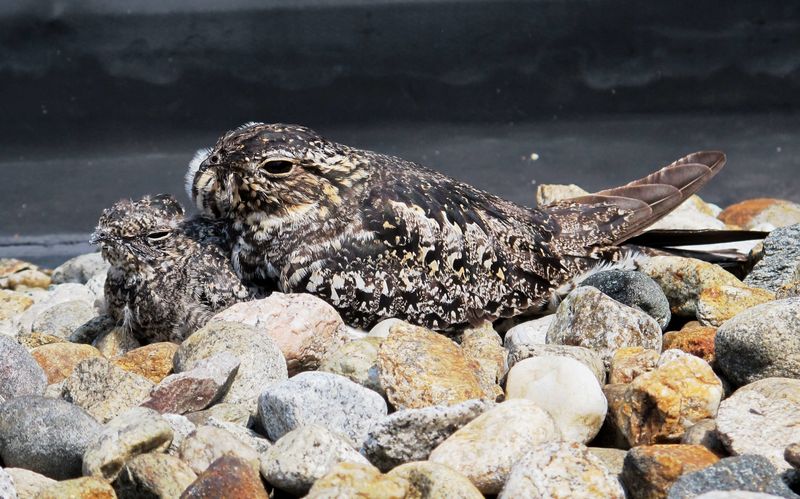
Adaptable survival experts, nighthawks nest in both wilderness and urban environments without building traditional nests. In forests, they select leaf-strewn clearings where their mottled plumage creates perfect camouflage.
Surprisingly, they’ve adapted to city life by nesting on flat gravel rooftops, where their speckled eggs and feathers mimic stones. Their remarkable ability to blend with either leaves or gravel demonstrates evolutionary flexibility that few other birds possess.
11. Oilbird: Leafy Caves And Cliff Nests
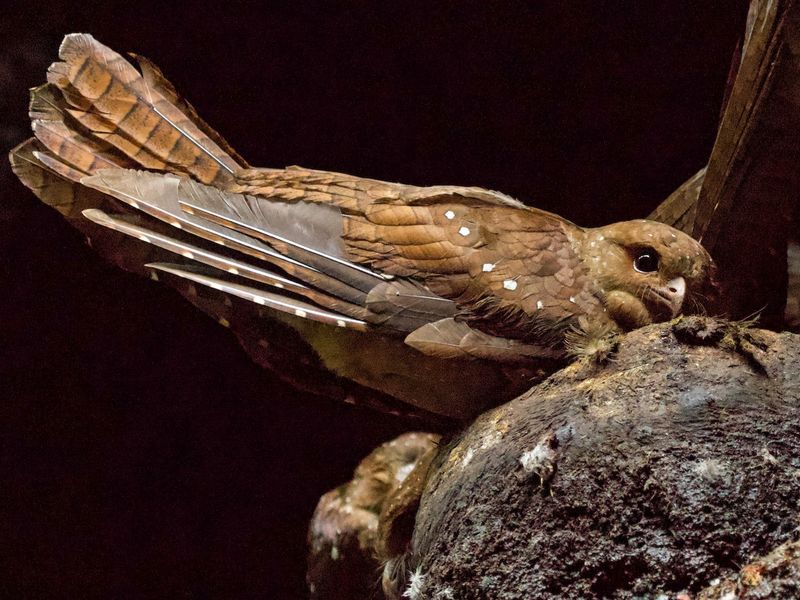
South America’s mysterious oilbirds take leaf-nesting to subterranean extremes. These unusual nocturnal birds nest deep within caves, building cone-shaped platforms on ledges using regurgitated plant material.
They line these structures with soft leaves that serve multiple purposes: cushioning eggs, masking scents, and dampening the sounds of nestlings. Unlike most birds on this list, they use leaves not for visual camouflage but to create sensory barriers against cave-dwelling predators like snakes.
12. Why Leaf Camouflage Works So Well
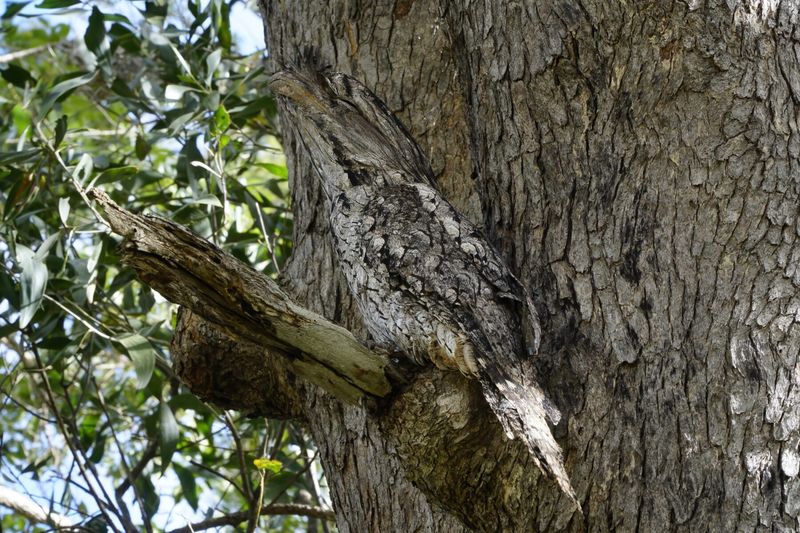
The genius behind leaf camouflage lies in its exploitation of predator psychology. Most hunting animals rely on movement detection first, then pattern recognition to identify prey. Leaves naturally move with wind, creating visual “noise” that makes spotting still objects nearly impossible.
Additionally, leaves represent such a common background element that predator brains are programmed to filter them out as irrelevant. By mimicking this omnipresent element, birds essentially become invisible by hiding in plain sight.


